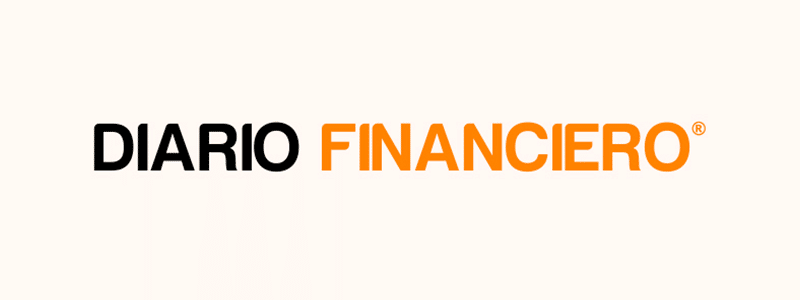Below we share the letter to the editor written by our partner Jorge Arredondo for Diario Financiero.
Mr. Director:
It has caused quite a stir the pronouncement of the Labor Directorate (Ord. 1163) on the “combination of face-to-face and teleworking time”.
This originated as a result of the paragraph that expressly concludes that “it is illegal any agreement to combine face-to-face working time with teleworking time in the course of the same week”.
The wording tends to confuse the working time systems with the modality of provision of services, alluding to an imprecise concept such as “face-to-face working time with teleworking time” which gave rise to the interpretation of the impossibility of being able to implement hybrid systems.
An attempt was made to resolve this through a press release, addressing the controversy more precisely: “It is perfectly possible at present to agree to telework and face-to-face work in the same working week”.
Only 19 words were enough to reaffirm the criterion and clarify the matter consulted, which is also in accordance with the regulations in force. Furthermore, given that administrative acts are binding when issued in accordance with the law, it is to be expected that the controversy will be clarified in due time and form.
Jorge Arredondo Pacheco
Labor Partner of Albagli Zaliasnik Law Firm



